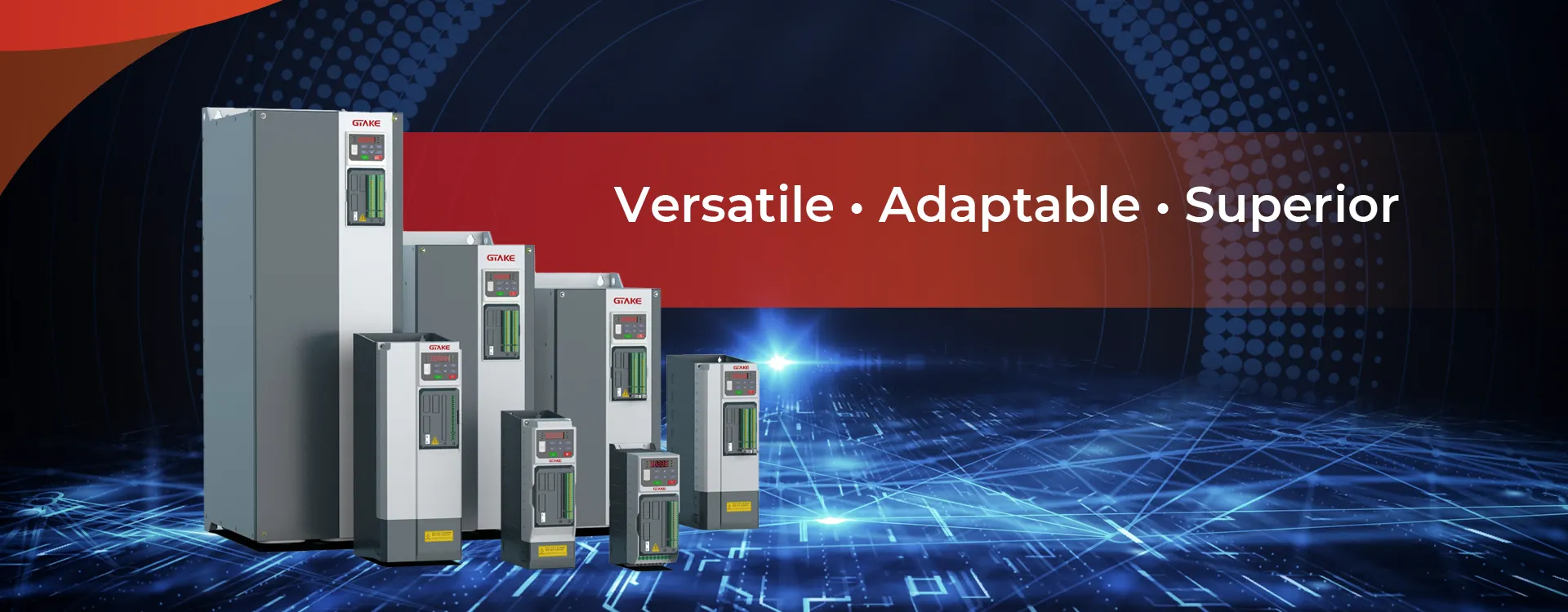
GTAKE specializes in designing and producing innovative AC drives (also known as variable frequency drives), electric vehicle motor controllers, bidirectional DC sources, and test rigs with advanced control algorithms and cutting-edge technology, delivering optimal performance and reliability for industrial automation and new energy applications.
An Electric Vehicle (EV) inverter is a critical component in electric vehicles that facilitates the conversion of direct current (DC) from the vehicle’s battery into alternating current (AC) required to power the motor. It also performs other essential functions that contribute to the overall performance, efficiency, and safety of electric vehicles. This article explores the role of the EV inverter, its functions, types, and importance in the smooth operation of electric vehicles.
An electric vehicle inverter is an electronic device that converts DC power from the battery into AC power for the vehicle’s motor. Most electric vehicles use AC induction motors or permanent magnet synchronous motors (PMSM), which require AC to operate efficiently. The inverter is responsible for controlling the power flow to the motor, adjusting both the voltage and frequency to regulate the motor’s speed and torque.
Besides power conversion, modern EV inverters also play a key role in regenerative braking, battery management, and vehicle safety systems, making them indispensable for the proper functioning of an electric vehicle’s powertrain.
Electric vehicle inverters can be categorized based on the type of motor they support and the design of the inverter itself. Below are some common types of inverters used in EVs:
The electric vehicle inverter is essential for converting DC power from the battery into AC power for the motor, as well as managing energy flow, regenerative braking, and thermal regulation. It significantly influences the performance, energy efficiency, and longevity of the electric vehicle. As electric vehicles continue to evolve, advances in inverter technology will play a critical role in improving the overall performance and affordability of EVs, contributing to the growing adoption of clean, efficient, and sustainable transportation.
